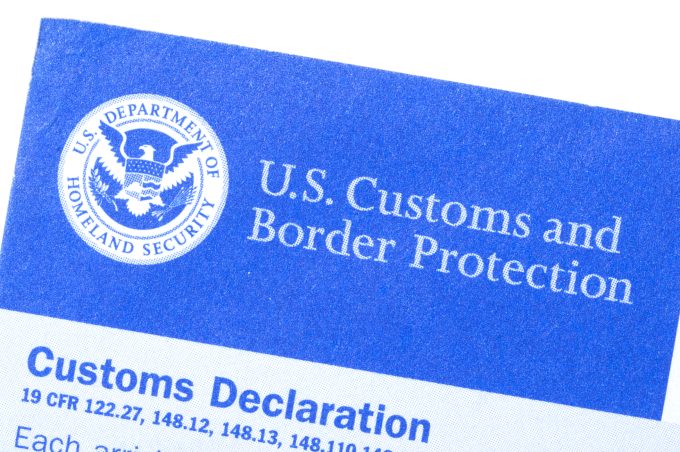Mexican airlines face stiff US restrictions after 'breaching' ATA
Mexican carriers operating to the US are facing a flurry of paperwork and uncertainty after ...

The US Customs & Border Protection agency (CBP) is poised to ramp up measures to intercept illegal substances and counterfeit goods entering the country via e-commerce shipments.
Monitoring of incoming mail will be increased through a mandate for data on all shipments to be submitted in advance – and e-commerce ...

Comment on this article